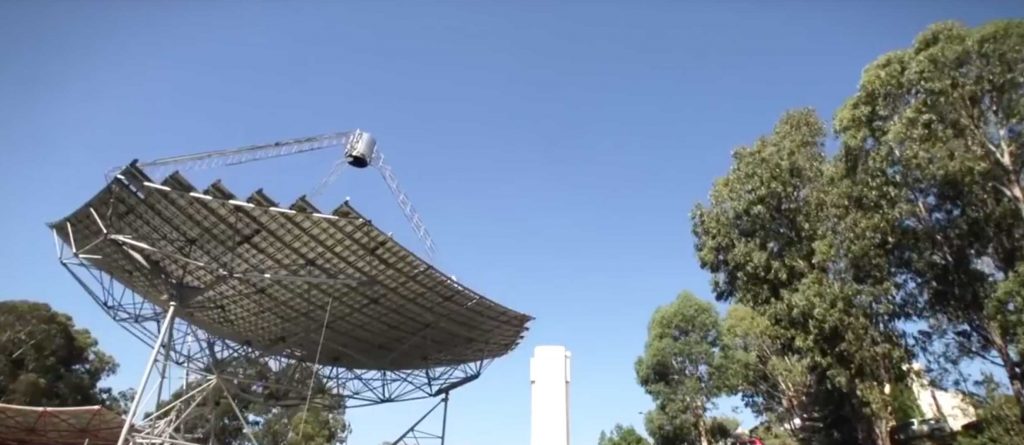Summary
The Solar Air Turbine Systems project involved CSIRO and Mitsubishi Heavy Industries developing and testing the components of the world’s most powerful solar air turbines to increase its efficiency while decreasing its manufacturing, installation and operation costs.
Need
Concentrating solar power (CSP) has long held promise of large scale power generation. Conventional CSP systems generate steam to power a turbine (i.e Rankine Cycle). These CSP sites require water for cooling and access to strong transmission capacity, both often scarce in remote areas with strong solar resources.
Through developing an alternative heat to air solar-powered cycle (i.e. Brayton Cycle) the water and grid access constraints of conventional CSP systems can be overcome and will ultimately increase the viability of CSP technologies as reliable power generators.
This project consists of:
Learn more
Project innovation
CSIRO and Mitsubishi Heavy Industries (MHI) developed and tested the components of the world’s most powerful solar air turbines to increase its efficiency while decreasing its manufacturing, installation and operation costs.
This solar air turbine generates electricity without the need of cooling water, which is one of the critical issues in disseminating CSP technology. The project’s solar air turbine system consisted of 450 heliostats (mirrors) situated alongside a 25 metre high tower, with a solar receiver located at the top that houses an air turbine.
Using the Brayton Cycle that is commonly used in jet engine turbines, fresh air was compressed and then heated to 900 degrees Celcius using concentrated solar energy (sunlight) reflected from the specially-designed heliostats. The hot air was then fed into the 200 kilowatt turbine to generate electricity.
The Solar Air Turbine Systems project was conducted at the solar thermal research hub at CSIRO’s National Solar Energy Centre in Newcastle (NSW). Each of the solar air turbine system’s major components were analysed to identify potential cost reductions, and the project aimed to prove that a target of 10-14 cents a kilowatt hour is achievable in a commercial-size version of the system.
Benefit
Effective and affordable solar air turbines could make solar energy more cost competitive with traditional fossil fuel-based energy systems.
This solar air turbine system does not require water for cooling and is therefore suited to remote and arid locations. It could also be hybridised with a backup fuel such as gas for after-dark electricity generation.
In the short term this technology could provide distributed (or remote) power in regional locations where diesel is commonly used, while in the medium term it could be used for grid-connected modular power stations.




